2022-2023
ERSP 2022-2023 Projects
In 2022-2023, we had a cohort of 20 scholars from the Computer Science and Electrical Engineering departments: 13 Computer Science and Data Science students and 7 Electrical and Computer Engineering students. The ERSP scholars worked on a research project in teams of 3-4 students along with a faculty member and/or graduate student in the College of Engineering. Below you can find more information about their projects.
Sensor Fusion for ArUco Calibration
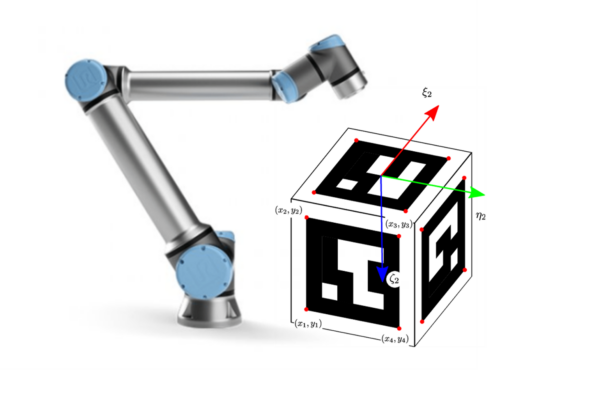
Scholars: Elaine Gracia, Muskan Naqvi, Kevin Palma, Daniela Ramirez
Mentors: Dr. Miloš Žefran (ECE), Assma Habadi (ECE), Zhanibek Rysbek (ECE)
ArUco markers are often used in basic experimentation to determine the kinematic data for an object, however, there is no record of its accuracy or inaccuracy. In this project, we will use ArUco alongside a UR10e robotic arm to find the calibration error of these markers. We will 3-D print an attachment to stabilize the markers to the UR10e. After this, we plan to use sensor fusion to compare the data gathered from a camera facing the markers with the preprogrammed trajectories of the robotic arm. Using MATLAB and inverse-kinematics, we will be able to run a simulation changing the angle and distance of the ArUco markers from the camera to then be implemented on the UR10e. By contrasting the errors between the robot’s various set angles and positions to how well the camera senses the marker, we will be able to determine the accuracy of ArUco after many repeated trials.
worCshop
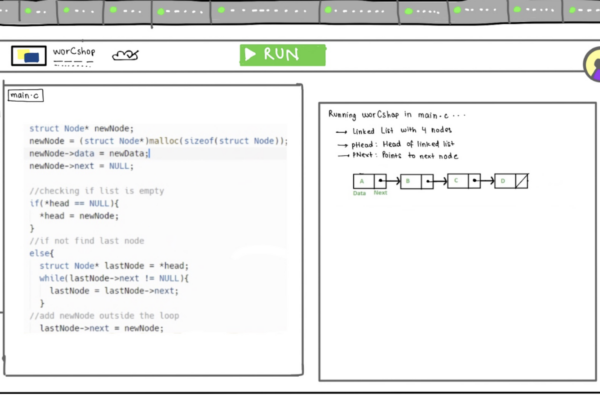
Scholars: Srijita Banerjee, Archi Shah, Mohammad Zaid
Mentors: Dr. William Mansky (CS)
Testing and debugging are important activities for effective software development maintenance. As far as we are aware, modern-day compilers operate by using a program-independent sequence of optimizations to all programs. We aim to undo that. Most programming IDEs only give information about what a program does once you build, compile and run it. The goal of our project is to develop tools for visualizing the state of a program as the programmer writes it. This will involve parsing the output of a state analysis tool and translating it into a visual representation. We have learnt how to read the output of a program analysis tool, write scripts to extract relevant information (like values of variables and pointers to data structures), and think of ways to turn it into an understandable visual representation like those used in the Online Python Tutor. We have investigated libraries like D3.js to find out which work best for making clean and interactive visualizations. worCshop is an integrated C compiler which synchronously displays the state of the program as one writes it – all compilation errors are to be displayed with more understandable explanations for identifying and correcting errors in code. This compiler also will display helpful and illustrative graphics for a better explanation of what changes are made in memory and also to explain the compilation inaccuracies of said code. We are currently developing tools for visualization of the state of C programs by a symbolic execution tool. Research says that the human mind is strongly influenced by visual representations. This compiler will lead to programmers acquiring information / coding fallacies at a significantly higher rate. Visual programming will involve expressions such as diagrams, free-hand sketches, icons and/or graphical manipulators.
Sherwani style heating jacket
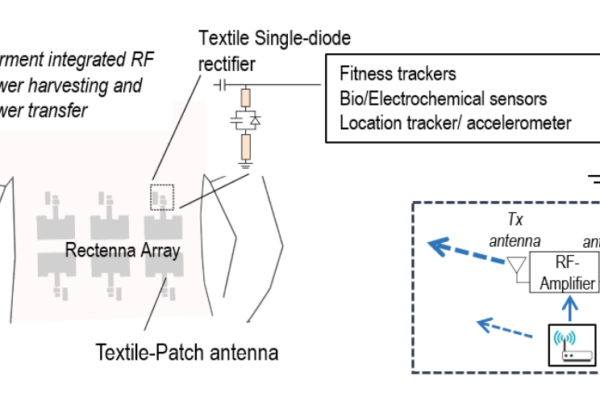
Scholars: Jordan Siewe Tchokokam
Mentor: Dr. Dieff Vital (ECE)
In this project, we aim to develop a new wireless power transfer and harvesting system using a novel topology known as “nest-inspired,” allowing for the high-efficiency transfer of radio frequency signals on clothing to be combined with RF-to-DC modalities to power on-body devices like body-worn sensors and other wearables. This novel antenna topology will allow for resilience under linear misalignment conditions. The ultimate goal of the project is to implement an array of these antennas and harvesting circuits to collect ambient radio frequency signals and signals emanated from a dedicated RF source.
The proposed array of antennas combined with rectifiers will enable wireless and seamless charging at a larger scale for wearable and portable devices. That will free up significant time that would otherwise be spent plugging the devices into walls and would limit their performance due to back and forth from into-the-wall charging. In other words, enabling intelligent and adaptive modules that can efficiently harvest available RF energy and store it for later use for wearable applications. This solution would involve the embroidery of the “ nest-inspired” antenna on fabric substrates using conductive textiles. The conductive surfaces will be made of highly conductive threads, elektrisola-7. Integrated with each textile resonator is a high-efficiency textile rectifier circuit to convert the RF energy into usable DC power to charge the sensors and body-worn IoT devices.
Automating Comment Generation
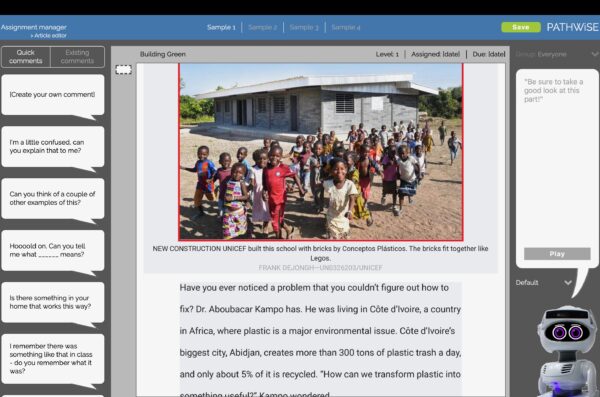
Scholars: Daniyal Siddiqui, Isaac Felix, Seyfal Sultanov
Mentor: Dr. Joseph Michaelis (CS), Ibtasar, Rabia, Rahman, Md Anisur
The role of technology in education has witnessed a monumental shift in recent years, particularly with the emergence of online learning platforms which have been accelerated by Covid. However, as learning is largely dependent on social activity, the absence of direct social interaction with instructors poses a significant challenge to effective learning. To address this, the PATHWISE learning companion robot was developed, providing a personalized and socially interactive learning experience for students. This educational technology offers prompts and cues to students, to support their learning in a manner that is both engaging and efficient. The robot was designed to automatically generate prompts through the use of artificial intelligence. The artificial intelligence software has been inputted with various prompts to ensure the most applicable output is generated for the student. Certain parameters have also been provided to maintain the appropriateness of the output, such as restricting the level of complexity and guaranteeing the correct content maturity.The instructors have to select text obtained from a reading assignment, and possible outputs from the robot will be generated based on the content of the texts.
Real World Object Detection
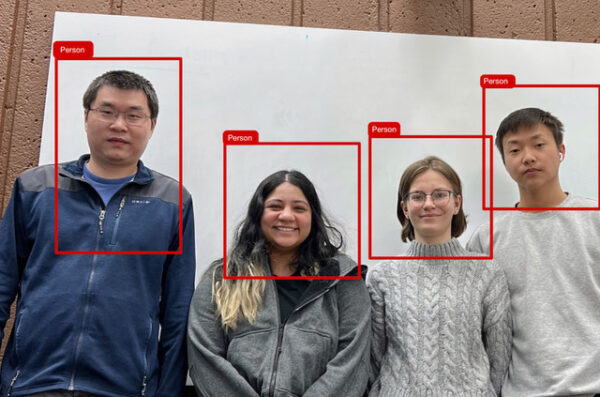
Scholars: Selena Torres, Enkh-Amgalan Altanshagai, George Fasho, Nandini Jirobe, Vira Kasprova
Mentor: Dr. Wei Tang (CS)
Object detection is a computer vision technique that recognizes and locates objects in an image. Numerous applications include face recognition, traffic monitoring, and surveillance. Common methods include Faster R-CNN, Mask R-CNN, YOLO, and SSD. While Faster R-CNN and Mask R-CNN offer high accuracy, they require large datasets to train classifiers, making them unsuitable for scenarios where data is limited. Algorithms like SSD and YOLO perform well on few-shot learning and real-time detection but sacrifice accuracy. The goal of our project is to improve one-shot and few-shot detection algorithms to avoid problems that arise from small datasets. To achieve this, we are studying traditional object detection methods to develop new techniques that can enhance the accuracy and efficiency of object detection in scenarios with limited training data. Our focus is on creating models that can learn to detect objects in a few shots, perform real-time detection, and improve accuracy. The potential applications of improved few-shot learning algorithms are vast and can have a significant impact on various fields, including medical imaging, agriculture, and robotics.
Multi-touch Spherical Display
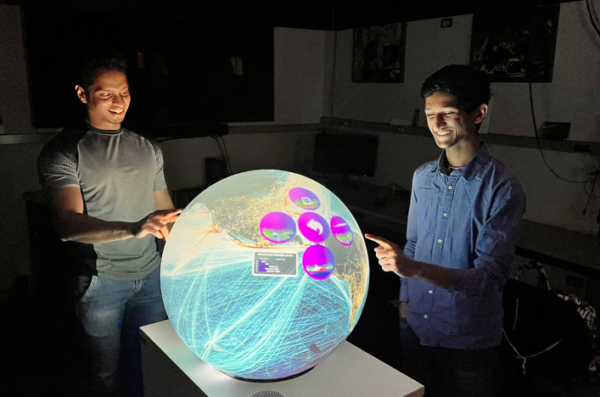
Scholars: Yamaan Nandolia, Dishant Desle, Kevin Soni, Vinayak Kabra (Grad), Ali Hernandez (EaES department)
Mentors: Dr Nikita Soni (CS), Dr. Stefany Sit (Geophysics)
The “Geo-Data-On-Sphere” project aims to design novel experiences that enable Earth Science undergraduate students to collaborate, discuss, and investigate global geoscience data sets through interaction with a multi-touch spherical display. The project has two overarching goals: (a) conducting focus group studies to understand user needs in terms of collaborative data analysis in classrooms, (b) and leveraging this understanding to design and develop a multi-touch spherical display application using programming languages such as XML and C#. This is a collaborative effort between the UIC CS and UIC EaES department.
Wearable Bio-impedance Analyzer
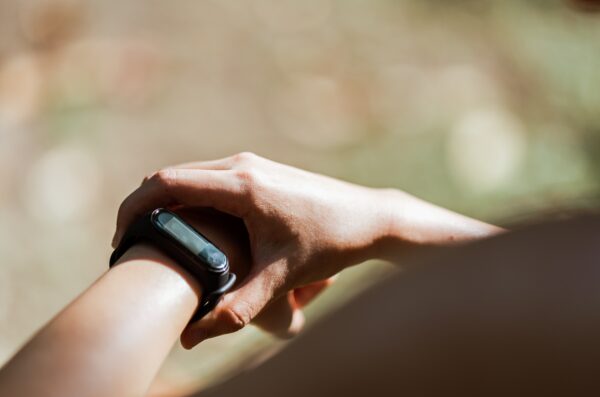
Scholars: Mahdi Mohammad, Bindu Mukundappa
Mentor: Dr. Hananeh Esmailbeigi (BME)
In this project, we want to develop a universal wearable that ensures the user’s alignment during workouts. The wearable will monitor the user’s form hence reducing the potential for sports-related injuries such as damaged tendons and exhaustion and ensuring the performance, health, and safety of the user. The wearable acts as a digital personal trainer and provides bio-feedback to the user when an incorrect form is detected and ensures that a correct state is maintained throughout the workout session. The wearable would also monitor the user’s localized muscle gain and fat reduction over time and track the maximum muscle activation power change over the training period.